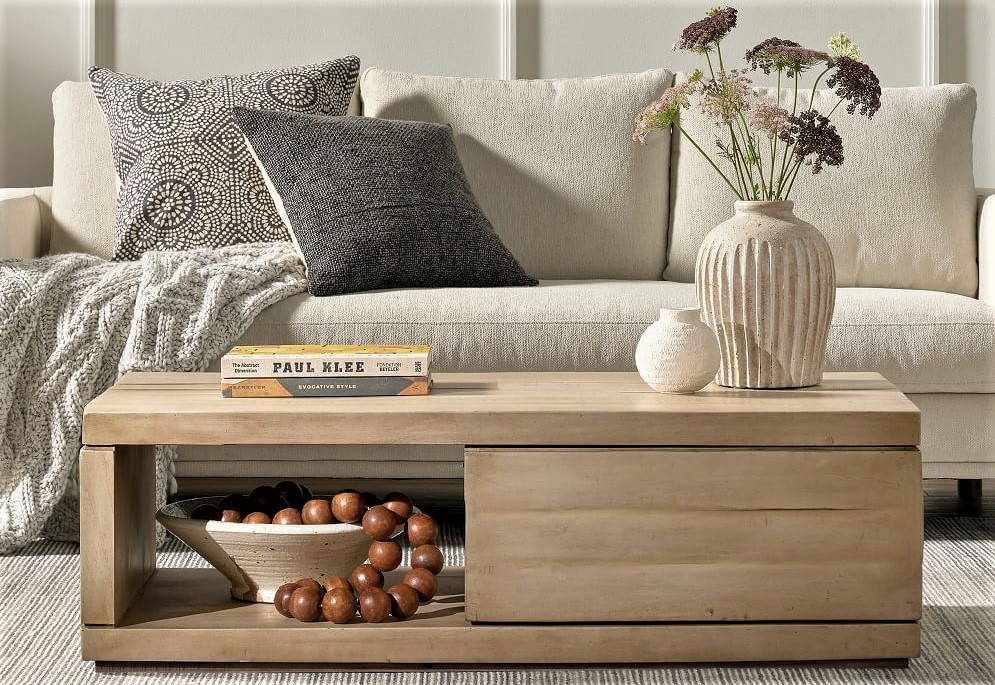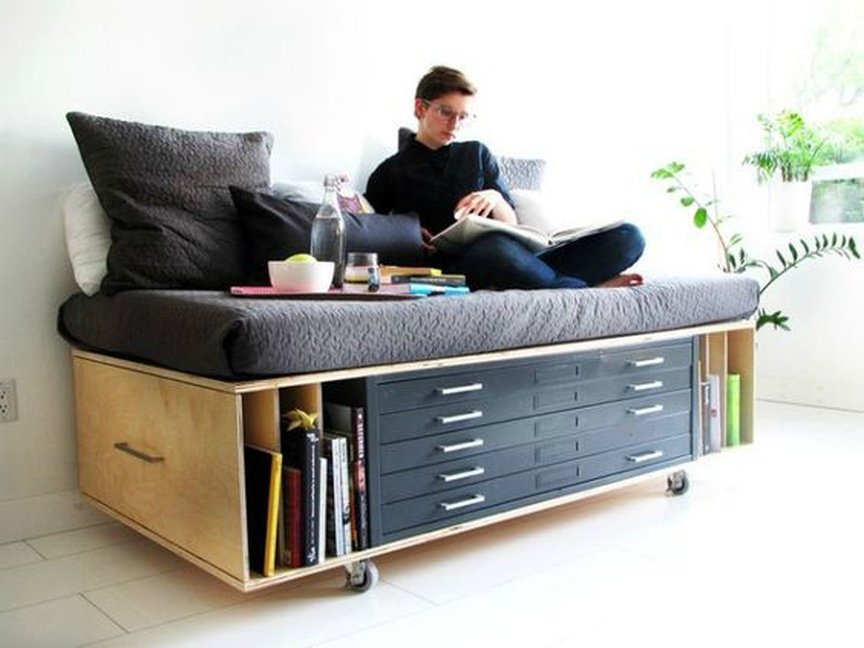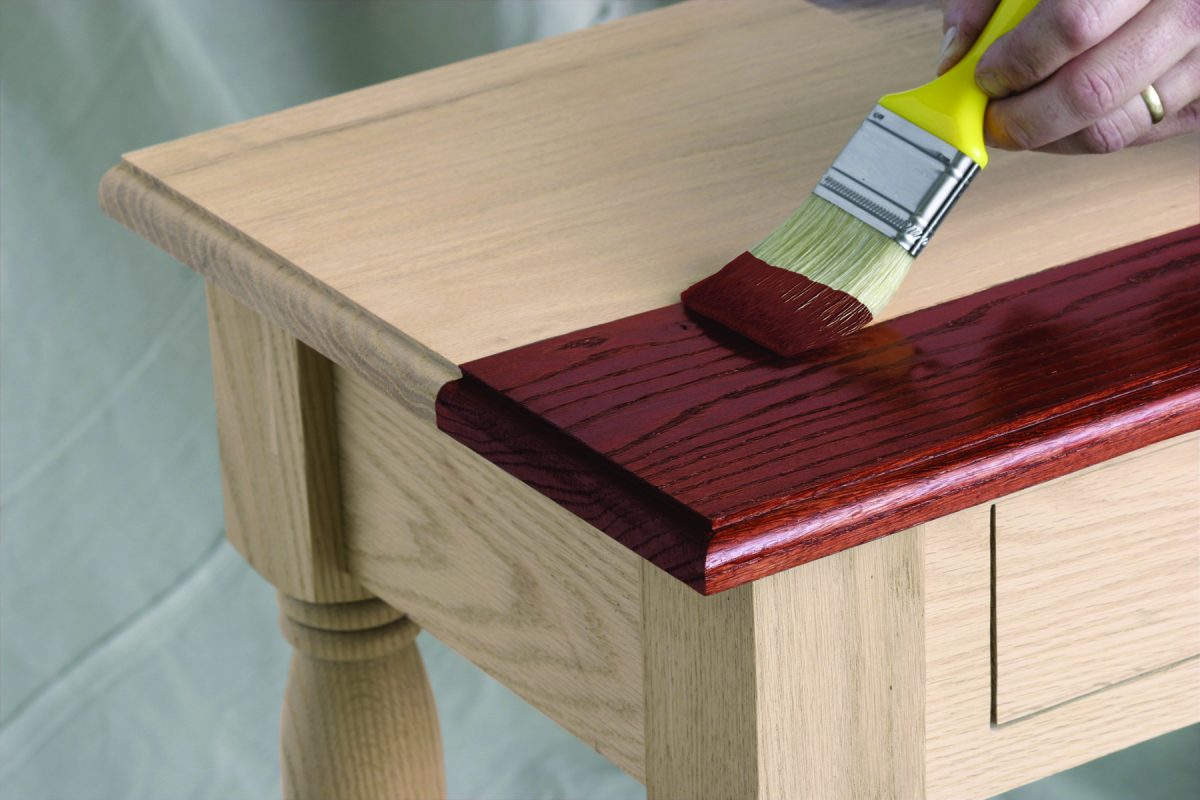In a world increasingly dominated by mass production, artistry and authenticity have never been more appreciated. The allure of pieces crafted with precision and care resonates deeply with those who value individuality and character in their surroundings. Celebrating nature’s finest materials not only elevates aesthetic appeal but also provides a connection to rich traditions and sustainable practices.
Distinct characteristics and patterns define these remarkable creations, showcasing a palette of colors and textures that can transform any space. Each item tells a story, reflecting the environment from which it originates, merging innovation with timeless elegance. The selection of such distinctive resources offers an opportunity to enrich living spaces with a touch of sophistication and warmth.
Emphasizing durability alongside visual charm, these select materials ensure longevity while promoting eco-conscious living. Investing in well-crafted, enduring pieces results in environments that are both stylish and responsible. Enthusiasts can revel in the experience of selecting unique items that not only serve functional purposes but also become treasured additions to any collection.
Why Choose Exotic Hardwoods for Furniture?
Opting for unique types of timber brings an unparalleled charm and character to interior spaces. These materials are often distinguished by their striking patterns, rich colors, and remarkable durability, enhancing the overall aesthetic of any environment.
Exceptional Durability
Timbers sourced from rare species are renowned for their strength and resilience. Unlike conventional woods, they often resist wear and tear, making them ideal choices for items that experience frequent use. This robustness ensures that investments in such materials offer long-lasting value.
Unique Aesthetic Appeal
Every piece of furniture crafted with rare woods showcases individual markings and hues, resulting in distinctiveness that mass-produced products cannot replicate. Homeowners can enjoy a personal touch that reflects their style, elevating their spaces with unmatched elegance.
Unique Aesthetics of Rare Wood Species
Each species of wood possesses distinct traits that create unparalleled visual appeal. The variations in color, grain patterns, and textures offer an exquisite diversity, allowing for a range of artistic expressions. These characteristics not only enhance overall aesthetics but also contribute to the individuality of each piece crafted from such materials.
Diverse Characteristics
-
Color Variations: Rich browns, deep reds, and vibrant yellows showcase the natural beauty of the wood.
-
Grain Patterns: Unique swirls, knots, and lines create intricate designs that are perfect for standout pieces.
-
Texture: Smooth finishes contrast with rough-hewn surfaces, adding depth and tactile pleasure.
Emotional Connection
Rare wood types can evoke feelings of warmth and nostalgia. Their organic, timeless qualities resonate with many, transforming spaces into inviting environments. The stories woven into every piece create a connection that transcends mere utility, fostering appreciation and admiration.
-
Incorporation of unique materials enhances individuality.
-
Visual appeal complements various design styles.
-
Craftsmanship highlights natural imperfections and beauty.
Durability and Longevity of Exotic Materials
Strength and lifespan of distinctive substances play a vital role in their selection for various applications. Such characteristics not only enhance aesthetic appeal but also ensure lasting utility, making these materials a favored choice among craftsmen and designers. Understanding these aspects can help consumers make informed selections.
-
Resilience: Unique traits of certain woods provide impressive resistance to wear, insect pests, and environmental factors.
-
Stability: Specific species exhibit minimal expansion or contraction, maintaining structural integrity regardless of humidity or temperature shifts.
-
Maintenance: Due to their innate qualities, these materials often require less upkeep, allowing for a lasting performance with minimal intervention.
Many premium options showcase not only resilience but also a timeless character, contributing to their desirability. With proper care, items crafted from these strong materials can last for generations, offering both practicality and a connection to nature.
-
Consider selecting types known for their robustness and natural beauty.
-
Evaluate the importance of sustainable sourcing for long-term viability.
-
Embrace craftsmanship that honors tradition while enhancing durability.
Investing in these exceptional choices not only elevates aesthetics but also ensures that pieces remain functional and appealing for years to come. This fusion of art and endurance forms the essence of enduring designs.
Environmental Impact of Sustainable Sourcing
Sourcing materials responsibly has become increasingly essential in today’s world. Practices that prioritize ecological balance contribute significantly to the preservation of our planet’s natural resources. By opting for sustainable procurement methods, consumers and producers alike can help mitigate adverse effects on ecosystems while promoting ethical consumption.
Benefits of Responsible Harvesting
When sourcing materials sustainably, several advantages arise, not only for the environment but also for local communities. Responsible harvesting ensures that tree populations remain stable, allowing forests to thrive. This approach often strengthens biodiversity, as it minimizes disruption to habitats and supports local wildlife. Additionally, communities benefit through the promotion of fair trade practices, ensuring that workers receive equitable compensation and opportunities for development.
Long-term Ecological Balance
Engaging in sustainable sourcing fosters a healthier planet for future generations. It encourages reforestation and conservation efforts, allowing ecosystems to recover and flourish over time. By choosing sustainably harvested materials, individuals contribute to reducing carbon footprints and enhancing air quality. This commitment to sustainability not only protects natural environments but also instills a sense of responsibility in consumers, inspiring collective action toward a more sustainable future.
Customization Options for Home Decor
Personalization is a crucial element in enriching one’s living space. Tailoring elements to fit individual tastes allows for a unique aesthetic that resonates with personal style. Options range from selecting materials to adjusting dimensions, enabling homeowners to craft a setting that is both functional and visually appealing.
Material Selection
Choosing the right material can significantly influence the overall ambience of a room. Various options are available to accommodate different preferences and functional requirements. Below is a comparison of popular materials used in furnishing:
|
Material Type |
Characteristics |
Maintenance Level |
|---|---|---|
|
Walnut |
Elegant, rich color, durable |
Moderate |
|
Maple |
Light, versatile, smooth finish |
Low |
|
Cherry |
Warm tones, ages beautifully |
Moderate |
|
Teak |
Water-resistant, ideal for moisture-rich environments |
Low |
Dimension Adjustments
Another essential aspect of customization involves altering dimensions to fit specific spaces. Adjustments can enhance functionality, allowing for better flow and comfort in any area. Custom sizing ensures that each piece harmoniously integrates into the overall design.
Caring for Exotic Wood Furnishings
Maintaining the elegance and durability of natural wood pieces requires attention and specific practices. Proper care ensures longevity, enhances their unique characteristics, and preserves their allure. Understanding how to manage these materials is essential for any enthusiast or owner.
Routine Cleaning
Regular upkeep plays a crucial role in preserving the integrity of wood items. Simple cleaning methods can prevent dust accumulation and damage over time. It’s advisable to utilize soft, dry cloths for daily maintenance and to avoid abrasive materials.
|
Cleaning Method |
Frequency |
Recommended Products |
|---|---|---|
|
Dusting with microfiber cloth |
Weekly |
Dry cloth |
|
Polishing with specialized oil |
Monthly |
Beeswax or lemon oil |
|
Deep cleaning with gentle soap |
Quarterly |
pH-neutral soap and water |
Climate Control
Environmental conditions significantly impact the state of wooden pieces. Maintaining stable humidity levels and avoiding extreme temperatures will prevent warping or cracking. Utilizing humidifiers or dehumidifiers as needed can help achieve optimal conditions.
Q&A: Home furniture exotic hardwoods
What are exotic hardwoods and why are they used in home furniture?
Exotic hardwoods are timber sourced from tree species that are not native to a particular region, often characterized by their unique colors, grain patterns, and durability. They are used in home furniture for several reasons: their beauty adds aesthetic value to any space, their density and strength make them long-lasting, and they often possess natural resistance to pests and moisture. Notable examples include teak, mahogany, and rosewood, each bringing distinct characteristics that appeal to furniture makers and buyers alike.
How can I identify high-quality furniture made from exotic hardwoods?
To identify high-quality furniture made from exotic hardwoods, consider several key factors. First, examine the wood grain; genuine exotic hardwoods reveal intricate patterns seldom seen in softwoods or cheaper alternatives. Check for craftsmanship; quality furniture will have smooth finishes, well-aligned joints, and may use traditional joinery techniques instead of cheap fasteners. Additionally, inquire about the type of wood used; reputable dealers should be able to provide information on the species and where it was sourced, as this affects both quality and sustainability.
What maintenance do exotic hardwood furniture pieces require to last longer?
Maintaining exotic hardwood furniture involves several simple yet effective practices. Regularly dusting with a soft, dry cloth can prevent the buildup of dirt and grime. It’s advisable to use a high-quality wood polish or wax once every few months to enhance the wood’s natural luster and provide a protective layer. Avoid placing furniture in direct sunlight or near heat sources to prevent warping and fading. Additionally, spills should be cleaned immediately to avoid staining. By following these maintenance tips, your exotic hardwood pieces can remain beautiful and functional for many years.
Are there any environmental concerns regarding the use of exotic hardwoods in furniture production?
Yes, there are environmental concerns associated with the use of exotic hardwoods, particularly regarding deforestation and habitat loss in regions where these trees are sourced. Many exotic species are threatened due to unsustainable logging practices. To address these issues, consumers should look for certification labels, such as the Forest Stewardship Council (FSC), which indicates that the wood has been harvested sustainably. Opting for furniture made from reclaimed or recycled exotic hardwood can also minimize the impact on forests and promote a more environmentally responsible approach to sourcing beautiful wood pieces for your home.
What are some popular exotic hardwoods used in furniture making?
Popular exotic hardwoods used in furniture making include African blackwood, monkey pod wood, and pink ivory. These exotic wood species are known for their strength, durability, and unique grain patterns, making them ideal for high-end furniture. They offer a wide range of applications, from wood coffee tables to intricate inlay work, providing a beautiful exotic touch to any piece of furniture.
How does domestic hardwood compare to exotic wood species for furniture making?
Domestic hardwoods like white oak and walnut wood are typically more affordable and easier to source than exotic hardwoods. They are commonly used in furniture for your home, offering strength and durability. However, exotic wood species, such as those from parts of Central and South America, are often prized for their unique colors, textures, and resistance to rot, making them a popular choice for fine furniture and outdoor furniture projects.
What makes reclaimed wood a good choice for furniture?
Reclaimed wood is a sustainable option that adds character to furniture. It is often sourced from old buildings or barns and used in furniture for your home, such as wood coffee tables or cutting boards. This type of wood is not only environmentally friendly but also offers a rustic aesthetic and is resistant to rot. It’s a great choice for woodworkers who want to create solid wood furniture with a history behind it.
What are the best exotic woods for high-end furniture?
The best exotic woods for high-end furniture include African mahogany, olive wood, and burl wood. These exotic hardwoods are known for their fine grain and beautiful color variations. They are commonly used in the construction of high-end furniture, including tables in exotic wood, jewelry boxes, and specialty wood pieces. Their rarity and unique appearance make them highly sought after by woodworkers and designers.
Why is walnut wood commonly used for making furniture and cabinets?
Walnut wood is a popular choice for making furniture and cabinets due to its strength, durability, and attractive grain patterns. It is a dense wood that is resistant to wear, making it ideal for solid wood furniture and cabinetry. Its rich, dark color makes it a favorite among woodworkers for creating fine furniture and high-end wood slab tables. Additionally, walnut wood is also commonly used for inlay work, adding a decorative touch to many furniture pieces.



